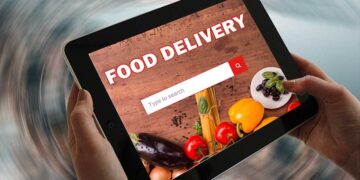Her we are going to talk about the steps and initiatives that transform raw materials from plant and animals into useful products for consumers across the globe. This whole process is known as food processing and is commonly associated with unhealthy foods, but the facts are denying this myth. Processed foods can be healthy, beneficial, and comes with great taste. There are various types of food processing and food handling equipment that make up a whole food processing system.
Food items with minimally-processed scenarios do not change the foods’ original structure or nutritional properties. They even add up food properties and additives that add up making its taste refreshable and lively. Some common examples of minimal food processing are washing, peeling, slicing, juicing, or removing inedible parts. This might add up some refreshing additives that result in better texture and taste of food. Many simple preservation methods such as freezing, drying, fermenting, and pasteurizing are considered to be minimal processing, and are the causes of preventing food items from spoilage. These processes are meant to increase the shelf life of your food items.
The food processing system includes some stages that are producing food items, processing, and packaging food items or products, distribution, and retail of the food products. Let’s analyze these stages one by one.
Producing food items
The first stage of this category is producing food items. The primary food production involves the growth and harvesting of crops or the slaughter of livestock animals to get food from them. Some other instances also lie in this field and are milking, catching fish and seafood, and the collection of hen eggs. The primary food ingredients that are the basic parts of your meals include vegetables, fruits, beans, cereals, tubers, meat, milk, poultry, egg, fish, and other seafood items. These are the steps and pre-requisites of the food production stage.
Food converting
The next in the row is secondary food production which is all about converting raw food ingredients into edible forms and making them more beneficial and tasty for mass consumption. These are refined, purified, and transformed from primary food products. Examples of such food products are processed dairy, flours, edible oils, sugars, sweeteners, and starches. This type of food process may differ concerning their type of food group, but mostly include physical processes such as pressing, milling, and dehydration of food products, and chemical processes including hydrolysis and hydrogenation, etc.
Food services industry
The third stage in such food processing systems is all about the food services industry; including food wholesalers, distributors, and retailers that are directly linked with end consumers or the mass public. This stage is all about safe handling including distribution, transport, or supply, storage, and sale of primary and secondary stage food items. This also involves the addressing and management of consumer requirements and making your products aligned with consumer needs, demands, and tackling issues concerning food wastes. These are all the stages and steps of the food processing system that make up a whole system that runs the food industry.








































